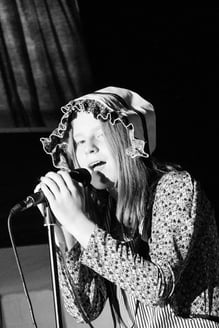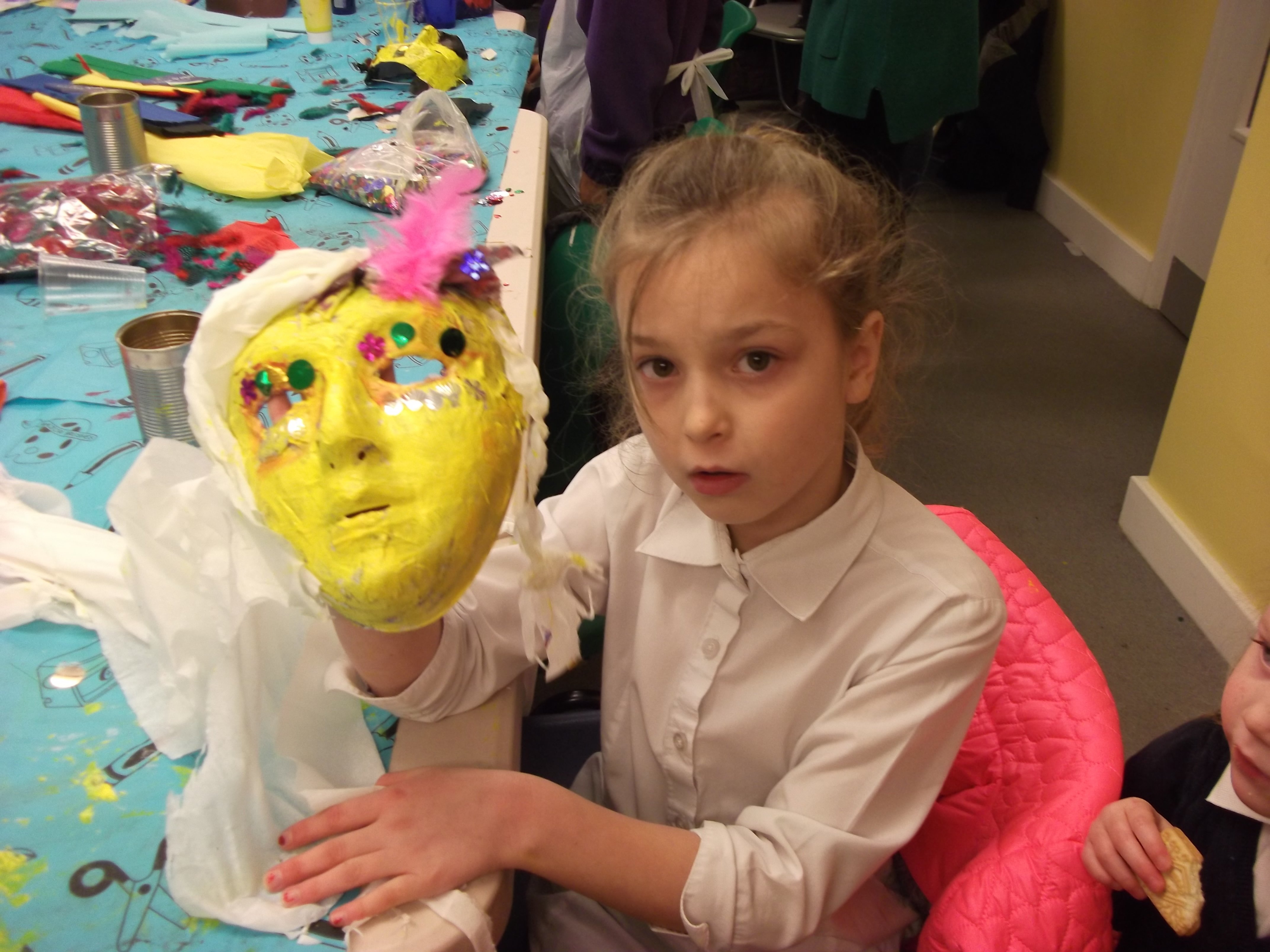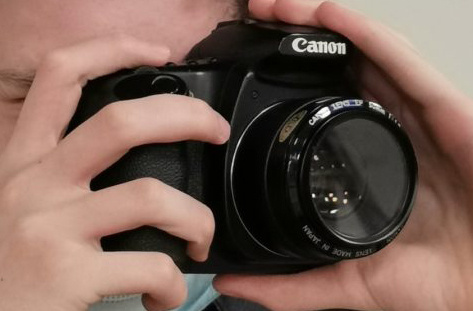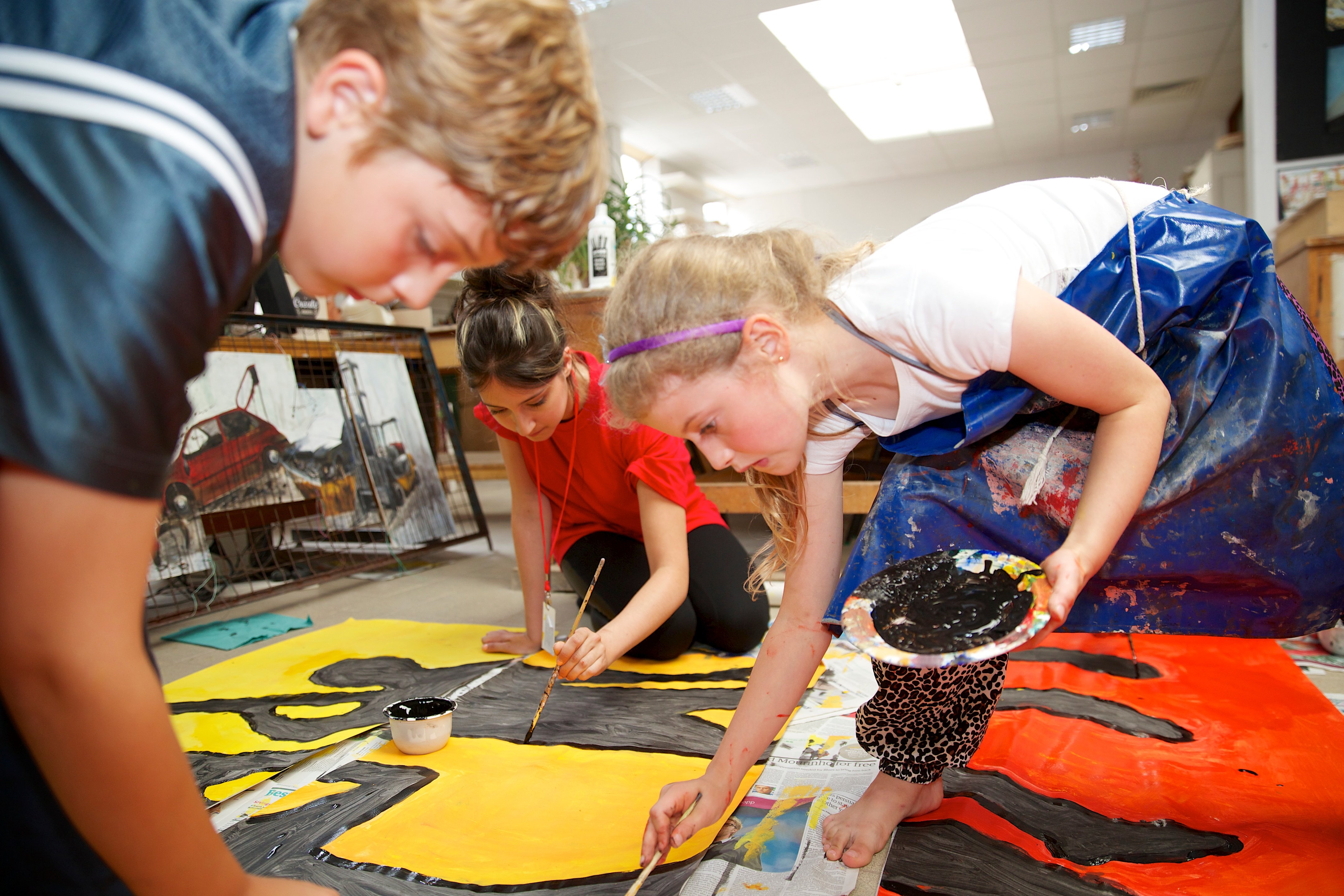.jpg)
Delivering Bronze Arts Award to students with moderate learning difficulties
BY: Guest Writer
09 Apr 2014
In this blog we hear from Felicity Kirk, Learning Leader Performing Arts and Creative at The Valley School, about how they deliver Bronze Arts Award to students with moderate learning difficulties.
Background
The Valley School caters for students aged 11 to 16 with moderate learning difficulties, autism spectrum disorders and speech, language and communication needs. We serve students from across North Hertfordshire and beyond, and all of our students have a statement of special educational needs. We offer a diverse arts curriculum and found Arts Award as a means of accrediting the learning that our students were already doing across the curriculum. We began with a small cohort of Bronze candidates in 2012 and have expanded to offer Explore, Bronze and Silver Arts Awards to a significant percentage of the school each year. Our priority in 2012 was to develop means of accreditation for our students, due to their difficulties in accessing mainstream qualifications, such as GCSE's. Arts Award crucially allows our students the opportunity to achieve beyond their literacy and numeracy capabilities and thrive as artists, alongside receiving a nationally accredited qualification.
Initial delivery
Having decided that Arts Award was a route we wanted to explore, we secured funding from the school budget for the moderation of an initial cohort of 10 Bronze Arts Awards. We allowed students the opportunity to completely tailor the award to their interests, which was extremely motivating for many involved but was also very time intensive and demanding on staff. We created individual activities that we knew would not be feasible to deliver to a larger group. For example, for their Part A arts activity, each pupil chose a unique activity to take part in. This meant that we had 10 separate activities that needed individual planning and support. Due to our students’ learning needs, many were unable to work on their Arts Award journey independently, so we knew this approach would not work with a larger cohort. Some of our students with autism also found this approach too open ended and struggled to make choices about what they wanted to learn through the award. This led us to link sections of Arts Award to different areas of our arts curriculum, to offer students a framework under which to make their choices. Students who were unable to make completely free choices were generally able, with support, to find their own areas of interests within a tighter structure.
Development of Bronze Arts Award
After working with our initial cohort, we decided to expand the award and offer Bronze to a whole year group (Year 9). In order to do this whilst still supporting individual students, we needed to create a clearer structure under which to run the award. To achieve this, two further members of staff trained as advisers, bringing the total in our school to four. We then spoke with students who previously achieved the award about their experiences of doing Bronze, before meeting to plan a more structured method of delivery.
Part A: explore the arts as a participant
All of our students complete this section through our whole-school production. We offer countless different roles on stage and backstage, including drama, dance, music, photography, set design, lighting and sound design, costume design and stage management. Students choose an area in which they wish to work, with support. They then look at what they have learnt from previous productions and what they would like to achieve next. We evidence this through photographs of rehearsals, copies of scripts and simple, tick box style questionnaires about their journey.
Part B: explore the arts as an audience member
Once a year we offer a whole-school trip into London to watch a West End musical. Students who wish to attend this visit use it for Part B. For students for whom this isn’t possible, due to their needs, we also offer local visits. These have included visiting a local art gallery, attending a local secondary school musical and an in-school assembly from a visiting performance artist.
Part C: arts inspiration
We begin our Bronze journey with Part C and complete this section within performing arts lessons. Often our students find it difficult to articulate their feeling and opinions, so we use very structured activities to generate these responses. For example, once students have chosen their inspiration, we provide them with a pot full of various adjectives on small pieces of paper. Students choose the adjectives which best describe their inspiration, before putting these in a sentence and expanding on these to create a fuller opinion. Some will write these down, others will have them scribed and some may create an audio recording of their opinions.
Part D: arts skills share
We begin by creating a presentation about all of our strengths in the arts, as this encourages our students, who often have a low perception of their abilities, to identify a number of arts disciplines in which they are confident. We allow students to choose their method of presentation, including interviews, dictation, posters, iPad presentations, etc. From this, students plan a skill that they would like to share and we pair them up based on their choice. They then work together to plan their workshop and deliver it either to a friend or younger students in the school. We evidence the workshop through photographs and encourage students to reflect on the workshop photographs through speech bubble annotations.
One challenge that we faced in delivering Part D was collecting feedback from younger students in the school. Methods we have used include photographs of workshop participants showing thumbs up/thumbs down and asking them to put smiley faces on post it notes to share their views.
 Top Tips
Top Tips
Be flexible in how you evidence your students’ progress. On starting Arts Award, we predicted that all of our students would choose video evidence, due to their literacy difficulties. What we found, however, was that many students in fact wanted a physical record of their Arts Award journey. We therefore complemented traditional, written evidence with feedback statements, photographs and cut and stick activities.
Many of our students, particularly those with autism, find unstructured activities difficult. We therefore created lots of pro-forma's in the first year for students to complete. Moving forward, we involved students in the design and creation of these guided activities, so that they had more input into the questions.
Outcome and impact
Students throughout the school were already hugely engaged in the arts but allowing them to work towards an accredited qualification has been transformational for many. A number of our Year –11 students achieved their highest level qualification through Arts Award and this has impacted on their college options after they leave us. They have also taken greater responsibility for their learning in the arts and we have seen the impact on students lower down the school, too. Students in Year 7 are already asking when they can start their Bronze and as soon as they have it, they ask when they can start Silver!
Related posts
BY: Guest Writer

BY: Guest Writer
BY: Alan Lynch



Comments & Replies